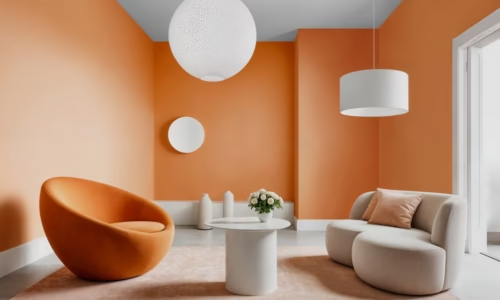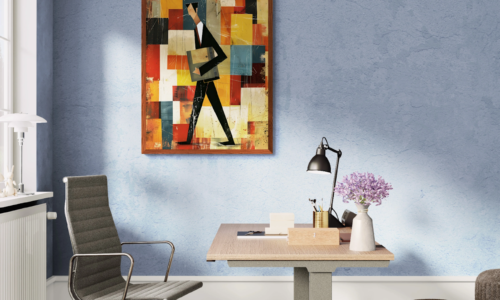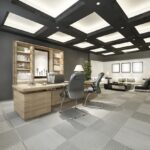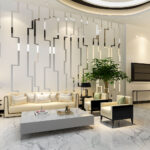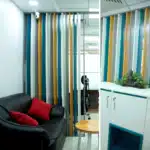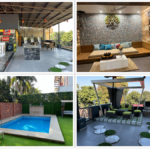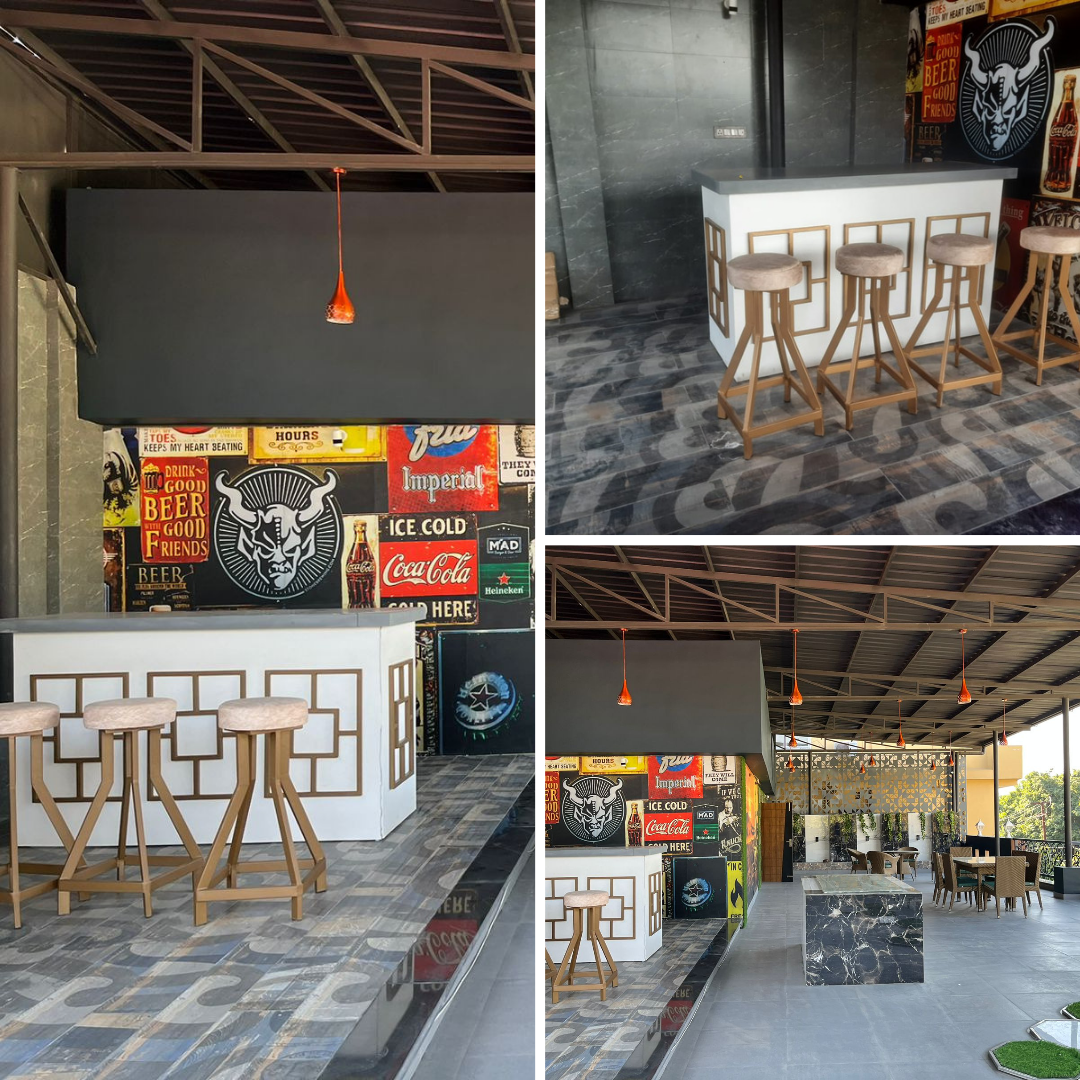Transforming Interiors with Inner Space Interior Design
- amodini
- 0 Comments
Inner space interior design is all about creating a well-balanced, comfortable, and functional living or working environment by making the best use of the available indoor space. Unlike traditional decoration, which focuses mainly on aesthetics, inner space interior design blends beauty with practicality. It aims to design spaces that reflect personal style while also meeting daily needs efficiently.
Understanding the Concept of Inner Space
The term “inner space” refers to the internal area of a building—rooms, hallways, workstations, and other enclosed parts. Interior design for these spaces requires understanding the relationship between architecture, functionality, and human behavior. Good inner space design considers furniture placement, lighting, ventilation, and even psychological comfort.
For example, in a small apartment, clever use of vertical storage, multi-purpose furniture, and light color schemes can make the area feel bigger and more inviting. In a large office, open-plan designs with collaborative areas can boost teamwork while still allowing private spaces for focused work.
Why Inner Space Interior Design Matters
Many people overlook the importance of interior design, assuming it is only about adding decorative items. In reality, inner space interior design directly impacts:
-
Comfort – The arrangement of furniture, lighting, and layout determines how relaxing and welcoming the space feels.
-
Functionality – Proper design ensures that every corner of the room is used wisely without overcrowding.
-
Productivity – In workplaces, well-planned interiors reduce distractions and encourage better workflow.
-
Aesthetics – A visually appealing environment improves mood and leaves a positive impression on visitors.
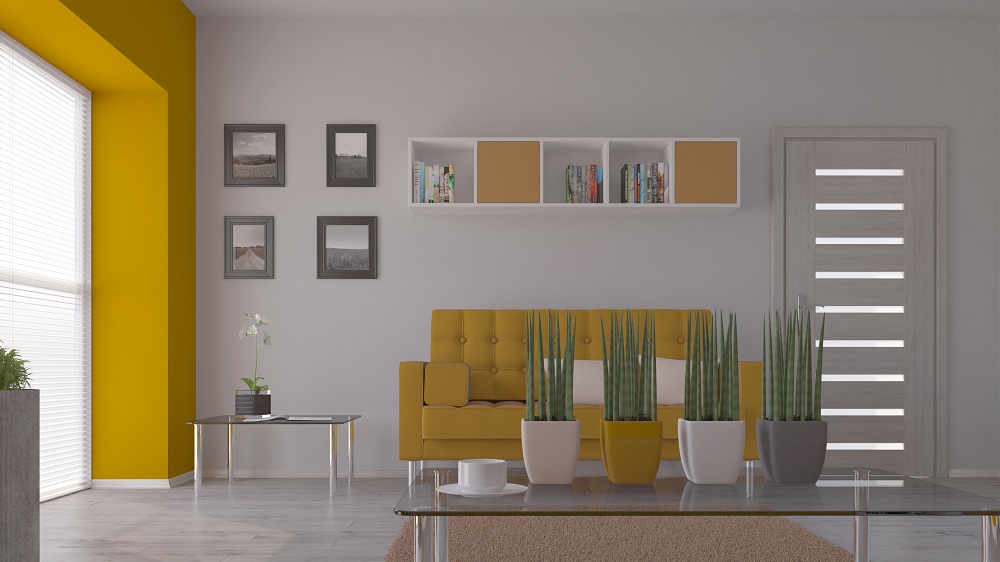
Key Elements of Inner Space Interior Design
1. Space Planning
Space planning is the backbone of interior design. It involves analyzing how the space will be used and then organizing it to support those needs. For example, a living room layout should allow easy movement while keeping the seating area cozy.
A good designer studies the dimensions of the room, considers the number of users, and plans the furniture and storage accordingly. This process prevents overcrowding and ensures the space remains functional.
2. Lighting Design
Lighting plays a critical role in setting the mood of a room. Natural light brings freshness and warmth, while artificial lighting creates ambiance during the evening. Interior designers often use a combination of general, task, and accent lighting to achieve the perfect balance.
For example:
-
General Lighting: Ceiling lights or chandeliers for overall brightness.
-
Task Lighting: Desk lamps or under-cabinet lights for focused activities.
-
Accent Lighting: Spotlights to highlight artwork or architectural details.
3. Color Schemes
Colors influence emotions and can make a room feel bigger, smaller, warmer, or cooler. Soft pastel tones often create a calming atmosphere, while bold colors bring energy and excitement. Designers carefully select colors based on the room’s purpose.
For example, a bedroom may feature soothing blues and neutrals for relaxation, whereas a workspace might use brighter tones to stimulate focus.
4. Furniture Arrangement
Furniture arrangement is not just about placing items randomly—it’s about ensuring the right flow and accessibility. In small spaces, multi-functional furniture such as sofa beds or storage ottomans can save space. In larger spaces, furniture can be used to define different zones, like separating a dining area from a living area.
5. Materials and Textures
Choosing the right materials adds character and durability to the space. Natural materials like wood and stone bring warmth, while metals and glass add a modern touch. Textures—such as smooth leather, soft fabrics, or rough stone—add depth and visual interest.
Inner Space Interior Design Styles
Here’s a table showing popular design styles in inner space interiors and their main features:
| Design Style | Main Features | Best For |
|---|---|---|
| Modern | Clean lines, minimalism, neutral colors | Offices, apartments |
| Scandinavian | Light colors, natural wood, functionality | Small homes, studios |
| Industrial | Exposed brick, metal accents, open spaces | Lofts, commercial spaces |
| Traditional | Classic furniture, rich colors, detailed woodwork | Large homes, heritage buildings |
| Minimalist | Simplicity, clutter-free, neutral tones | Urban apartments |
How Inner Space Interior Design Improves Lifestyle
When done correctly, inner space interior design goes beyond beauty—it enhances lifestyle. For example, a well-designed home can reduce stress by creating a peaceful environment. In workplaces, it can improve collaboration and focus. Even retail spaces benefit, as a comfortable and attractive store layout encourages customers to spend more time browsing.
Studies have shown that interior design influences emotions, energy levels, and even physical health. Proper ventilation, ergonomic furniture, and strategic lighting can prevent fatigue, boost mood, and improve overall well-being.
Steps to Start Your Own Inner Space Design Project
-
Assess Your Needs – Understand how you use the space daily.
-
Measure the Space – Accurate measurements help in planning furniture and layouts.
-
Choose a Design Style – Pick one that suits your personality and purpose.
-
Plan Lighting and Color Scheme – Balance natural and artificial light, and select colors wisely.
-
Select Furniture and Accessories – Ensure comfort, quality, and proportion.
-
Add Personal Touches – Incorporate art, plants, or unique items that reflect your personality.
Future Trends in Inner Space Interior Design
The future of interior design is leaning toward sustainability, technology integration, and wellness-focused spaces. Eco-friendly materials, smart home systems, and biophilic designs (bringing nature indoors) are becoming more popular. These trends aim to make spaces not only beautiful but also healthier and more environmentally responsible.
Conclusion
Inner space interior design is more than just arranging furniture—it’s about creating a balanced environment that serves both function and style. Whether you’re decorating a cozy apartment, a busy office, or a spacious home, the right design can transform your daily life. With careful planning, thoughtful choices, and a touch of creativity, you can make any space a reflection of your personality and a source of comfort.
Also Read:
- What Is a Mood Board in Interior Design?
- What Is Modern Classic Interior Design?
- What is Green Interior Design?
- What Are the Different Materials Used for Interior Design?
- Is Interior Architecture the Same as Interior Design?
Frequently Asked Questions
1. What is inner space interior design about?
Inner space interior design is the process of arranging and decorating the inside areas of a building to make them beautiful, comfortable, and functional. It involves space planning, lighting, color selection, and furniture arrangement to create a balanced environment that fits both personal style and practical needs.
2. How can I make my small space look bigger?
You can make a small space appear larger by using light colors, mirrors, vertical storage, and multi-purpose furniture. Proper lighting and keeping the area clutter-free also help. The goal is to create an open, airy feeling without losing comfort or important functions in the room.
3. Why is lighting important in inner space design?
Lighting sets the mood of a room and affects how spacious and welcoming it feels. Natural light adds warmth, while artificial lighting creates ambiance. A mix of general, task, and accent lights ensures the space is both functional for daily use and visually appealing for relaxation or work.
4. Which interior design style is best for small homes?
Scandinavian and minimalist styles are popular for small homes because they use light colors, simple furniture, and functional layouts. These styles focus on maximizing space, reducing clutter, and creating an airy atmosphere, which makes small rooms feel more open and inviting without sacrificing comfort.
5. How do I start an inner space design project?
Start by assessing your needs and measuring your space. Choose a design style that suits your taste and purpose. Plan the layout, lighting, and color scheme. Select furniture that fits the room’s size, and add personal touches like plants or art to make the space truly yours.

